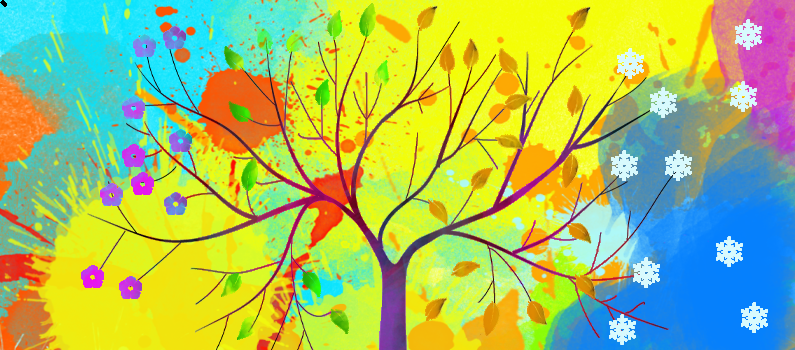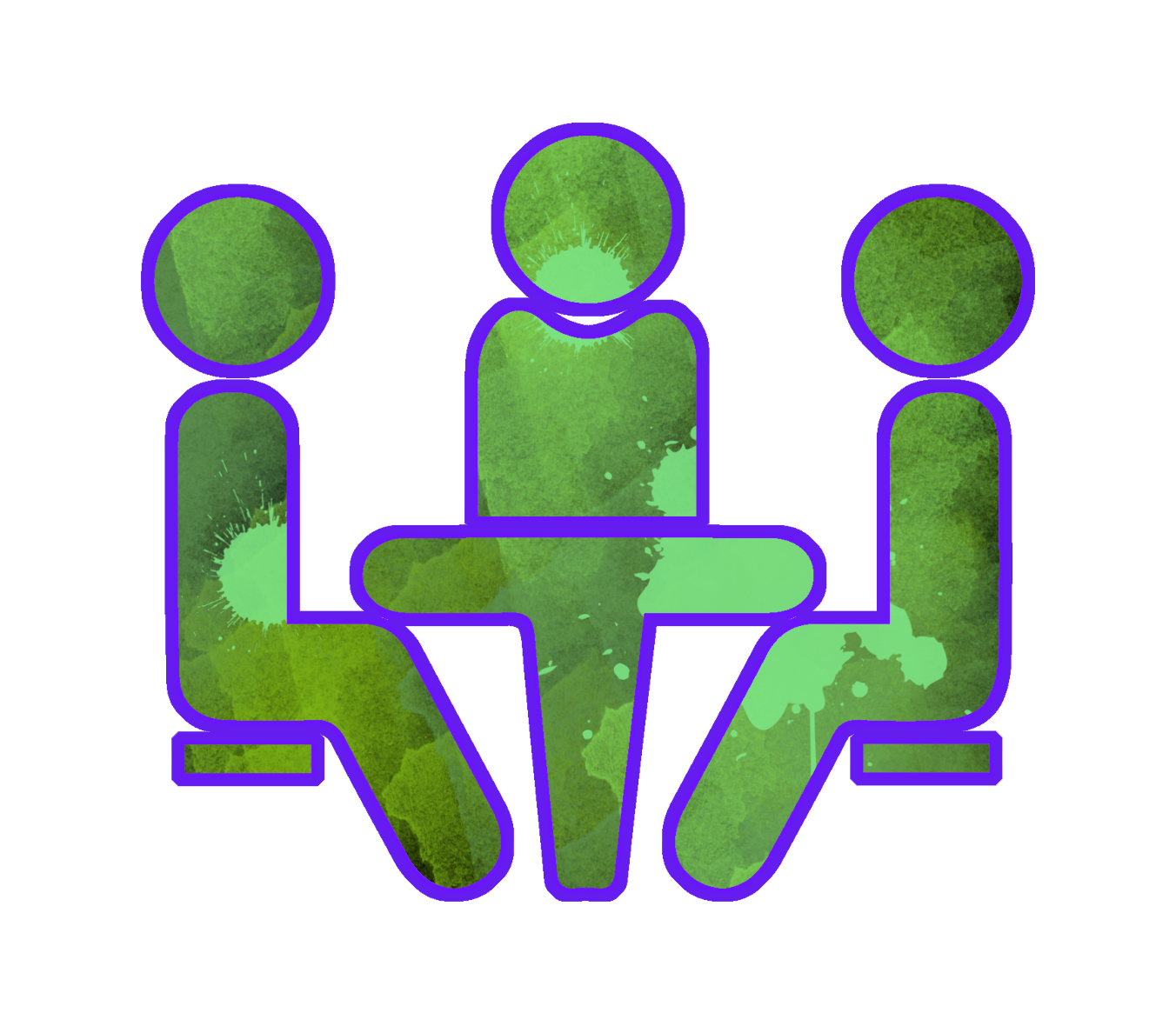November 3, 2025
What is Seasonal Affective Disorder?
November 3, 2025
What Is Seasonal Affective Disorder (SAD) and How Do You Treat It?
As the days grow shorter and the nights draw in, many people notice their mood beginning to shift. Feeling a little low during the winter months is common but, for some, the change in season can bring a significant drop in mood, energy, and motivation. This is known as Seasonal Affective Disorder (SAD).
At Inspire Wellbeing Services, we understand how difficult this can feel. You’re not imagining it. SAD is real, and it can have an impact on your mental health, relationships, and daily life. In this blog, we will explain what SAD is, what signs to look out for, and the different ways you can manage it.
What is Seasonal Affective Disorder?
SAD is a form of depression that follows a seasonal pattern. For most people, symptoms begin in the late autumn or early winter and improve in the spring and throughout summer. Less commonly, some people experience SAD in the warmer months.
Research suggests that reduced exposure to natural sunlight during the winter months can affect your body’s internal clock, and production of serotonin (a mood-regulating chemical) and melatonin (which affects sleep patterns). These changes can all contribute to feelings of low mood and fatigue.
Signs and Symptoms of SAD
It can sometimes be hard to tell the difference between “winter blues” and SAD. While everyone is unique, common symptoms include:
- Persistent low mood or feeling down most of the day
- Loss of interest in things you usually enjoy
- Low energy and fatigue, even after resting
- Changes in sleep (often sleeping more)
- Increased appetite or cravings for carbohydrates and sugary foods
- Difficulty concentrating or making decisions
- Feelings of hopelessness or worthlessness
If these symptoms feel familiar, you’re not alone, and recognising them is the first step to feeling better.
What Helps with Seasonal Affective Disorder?
The good news is that SAD is treatable, and there are several approaches that can make a real difference. Here are some options supported by research and clinical experience:
- Light Therapy
Special light boxes mimic natural daylight and can help regulate mood. Many people find that using one for 20–30 minutes each morning provides a boost of energy and lifts their mood.
- Talking/Creative Therapies
Therapy can also be effective for those experiencing seasonal affective disorder. Talking with a qualified therapist can help you challenge negative thought patterns, build coping strategies, and feel more in control. Creative therapies such as art and dance can help you express your thoughts and feelings if it is difficult to convey your experiences through talking.
- Lifestyle Adjustments
- Maximise daylight: Get outside during daylight hours, even for a short walk.
- Stay active: Regular exercise can boost serotonin and energy levels.
- Keep a routine: Having structure can help regulate sleep and mood.
- Nourish your body: Balanced meals (with plenty of protein and slow-release carbs) can support your energy and wellbeing.
- Taking Vitamin D may help alleviate some of your symptoms as it is believed to promote serotonin levels in your brain.
- Medication
In some cases, your GP may recommend antidepressant medication to help manage symptoms, particularly if they are severe or ongoing.

When to Seek Help
If this season feels challenging, here are some approaches that may help you create a greater sense of safety and calm:
- Plan ahead – Think about what situations might feel too much, and decide what you do and do not want to take part in. It is okay to set boundaries. Consider telling family/friends of your thoughts and feelings about Halloween so they can help.
- Create a safe environment – If knocks at the door feel overwhelming, consider putting up a friendly sign to reduce interruptions.
- Ground yourself – Breathing exercises and focusing on your senses can help bring you back to the present. Try to reconnect with your surroundings using the 5-4-3-2-1 grounding technique. Look around you and name five things you can see in your environment. Focus on your sense of touch and name 4 things you can feel, perhaps the chair underneath you, and the floor beneath your feet. Notice 3 things you can hear, this might be the hum of traffic or some background music you have on. Next notice 2 things you can smell, or if you can’t smell anything around you think of your favourite smells. Finally focus on one taste right now, or a recent one, like a mug of hot chocolate.
- Limit exposure – You do not need to watch horror films or attend events if they leave you unsettled. You can make the choice to enjoy other activities.
- Seek connection – Spend time with people who help you feel safe, whether in person or virtually.
- Practise self-compassion – Remind yourself it is okay if this time of year is difficult.
- Alternative activity – consider planning some alternative event with friends/family over the Halloween period to focus on something fun, safe and positive.
When to reach out for support
If your low mood is affecting your ability to live life as you would like, or if you find yourself feeling hopeless, it is important to reach out. You don’t have to go through this alone. Support is available, and seeking help is a sign of getting better.
How Inspire Wellbeing Services Can Support You
At Inspire Wellbeing Services, we offer a safe, confidential space where you can talk about how you are feeling and explore ways to manage SAD. Our therapists will listen with understanding and compassion.
If you are ready to take the first step towards feeling better this season, we would love to hear from you.
Get in contact with a member of our team
Get in contact with a member of our team if you want to explore support options.
Recent news and articles
What is Seasonal Affective Disorder?
Find Halloween difficult?

Talking to parents about support for students
Our latest blogs
View all blogs and insightsOctober 14, 2025
Find Halloween difficult?
Read the blog
July 10, 2025
